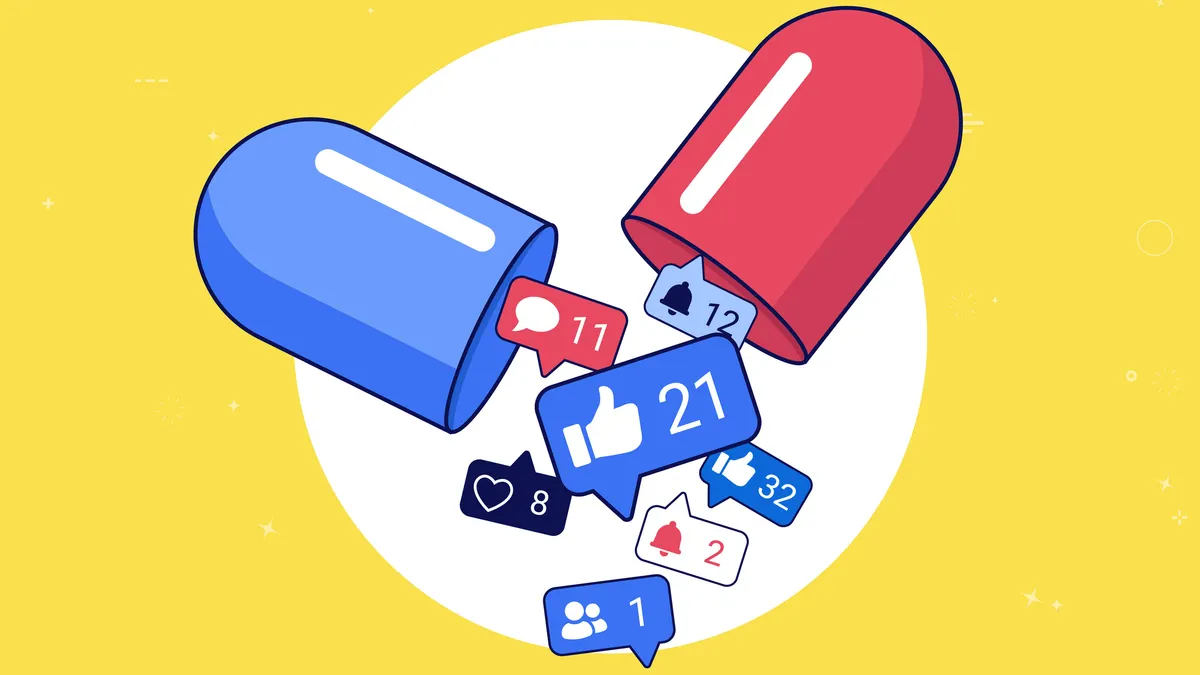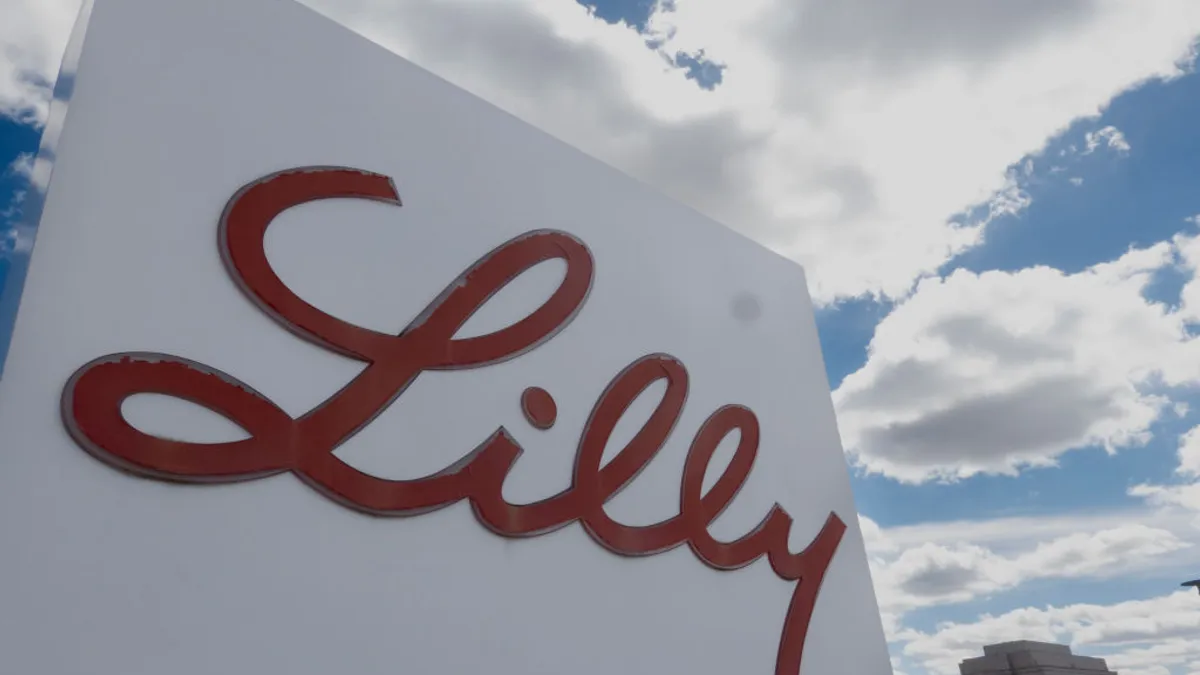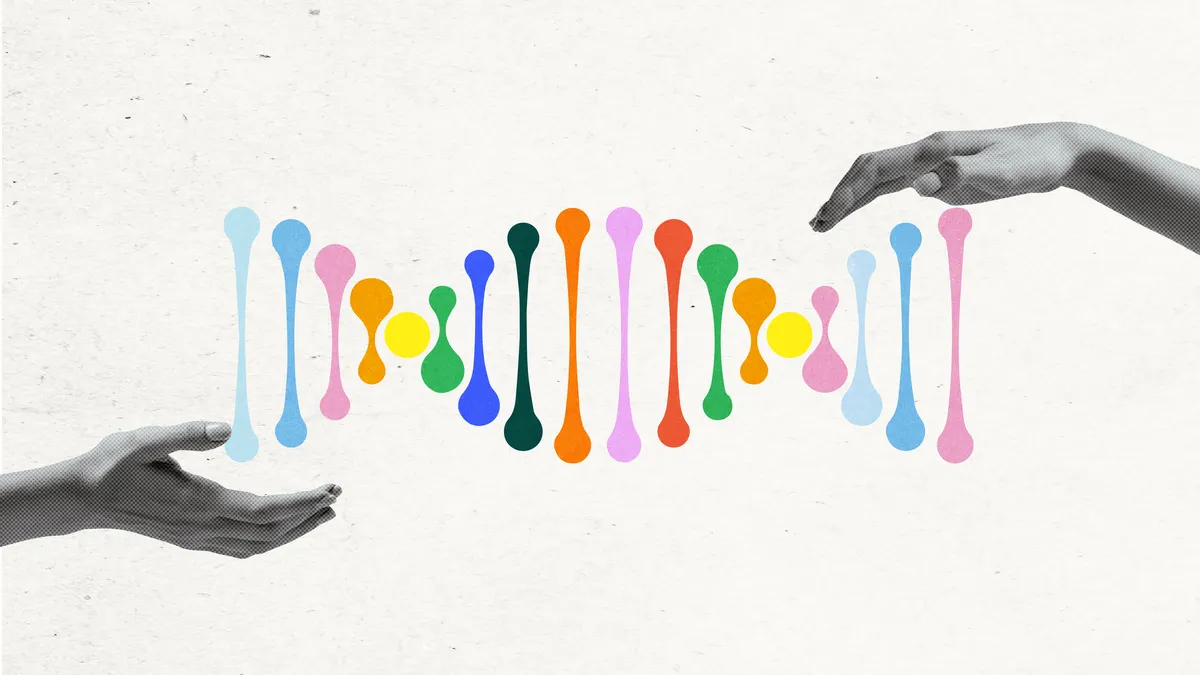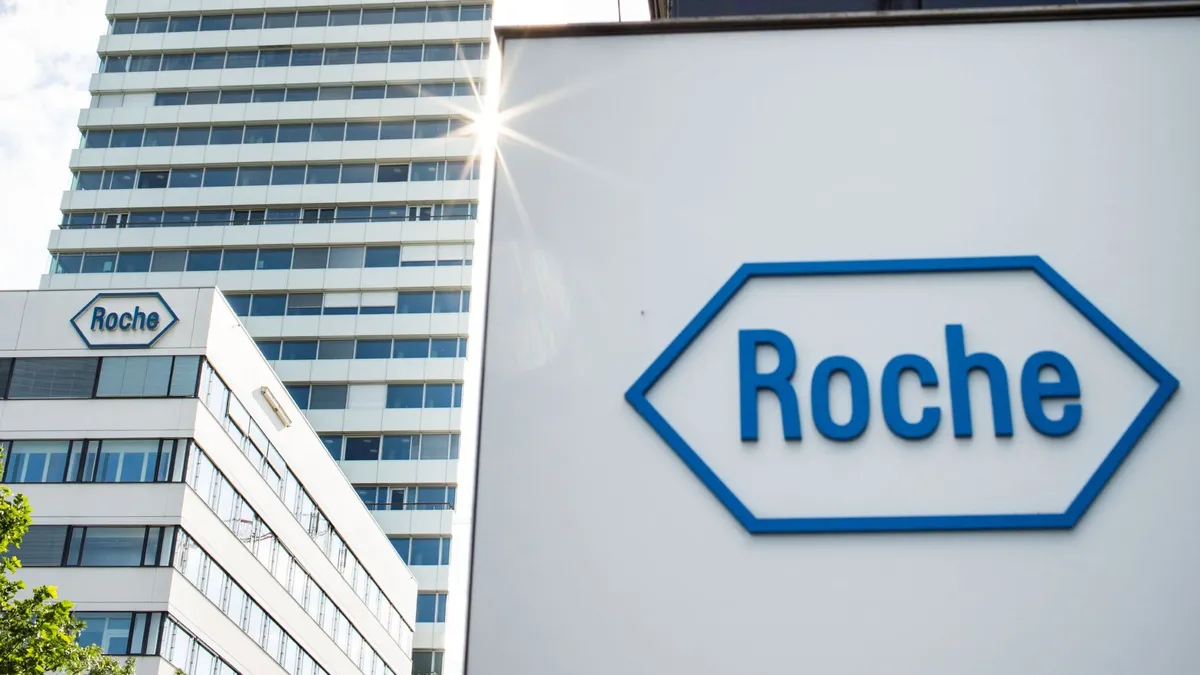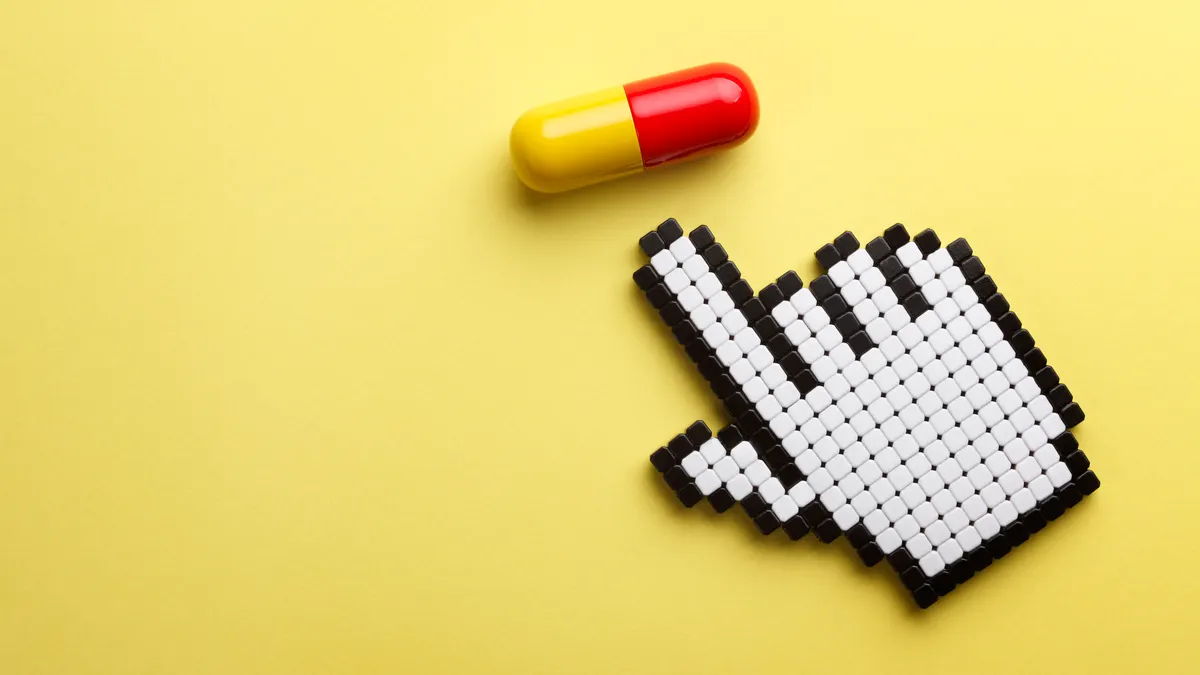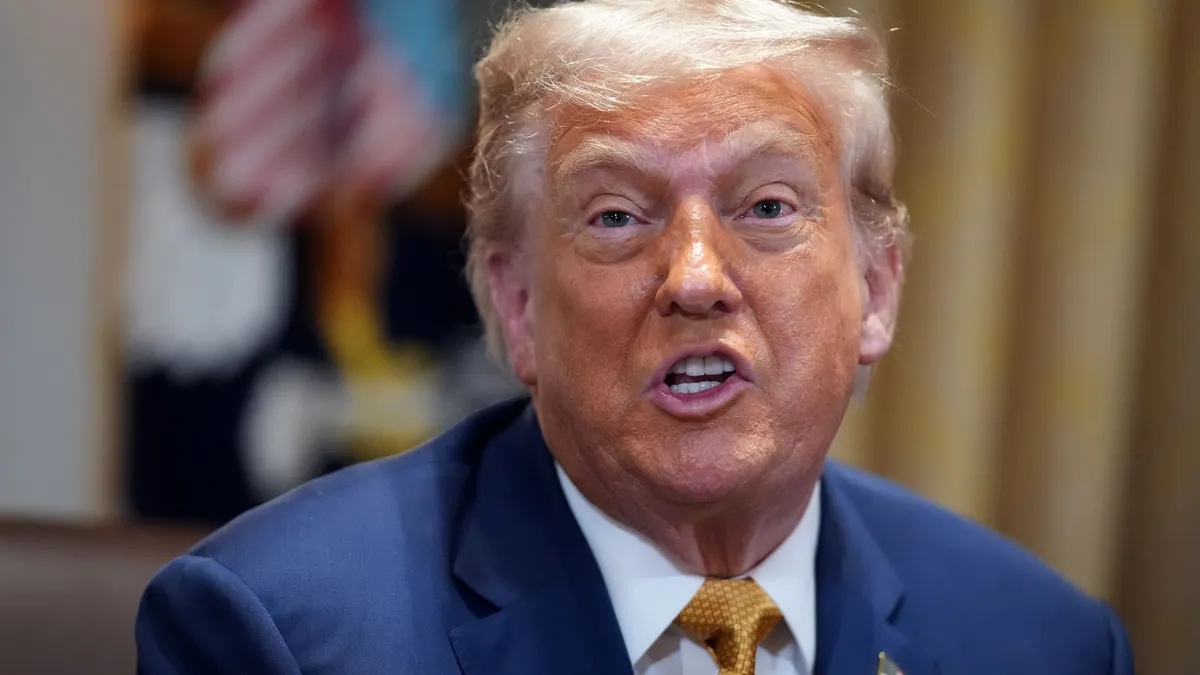The “ice bucket challenge” is back.
After debuting more than 10 years ago, the viral internet trend that inspired millions of people to douse friends and family with ice water and bring awareness about ALS returned recently, this time with a focus on mental health.
The initial movement brought in donations of more than $115 million for ALS research in the summer of 2014 while underscoring the power of social media and R&D fundraising opportunities for the pharma industry. The ice bucket challenge didn’t promote development for any specific drug, but it highlighted how social media can be leveraged and create conversations through unconventional or unbranded marketing tactics.
Social media could become an even more important marketing source if direct-to-consumer rules shift under HHS Secretary Robert F. Kennedy, who has called for a ban on pharma TV ads.
Pharma is big business for TV and streaming services, with the top 10 industry spenders collectively plunking down roughly $3 billion in advertising spots in 2023. Because HHS doesn’t have the authority to ban TV ads, Kennedy would need legislation from Congress to accomplish this goal, but the FDA’s recent marketing regulator resignations may help pave the way, Politico’s AgencyIQ reported in April.
TV ad spending has also ramped up, bringing the issue closer to the front line. The top 10 biggest pharma advertisers spent nearly 30% more on TV ads during the first quarter this year compared to the same period in 2024, according to iSpot.TV.
In absence of TV ads, pharma companies may redirect their advertising dollars to social media, where more than half of Americans are finding their health information, according to a 2024 study. If the pharma industry pushes further onto social media platforms, it will have to contend with complex requirements and navigate different pitfalls and opportunities.
The regulatory landscape
Pharma doesn’t leverage social media platforms the same way other industries do because of the unique regulatory hurdles they face. For some companies, social media is still a relatively small target compared to traditional marketing outlets.
“A lot of pharma companies still look at social media as a bit of a Pandora's box,” said Ian Baer, founder of marketing intelligence agency Sooth. “While many regulations exist in many industries, there are few that box you in quite the way the FDA has in terms of marketing guidelines.”
Social media creates a two-way dialogue between the industry and patients, and if someone reports an adverse event, pharma companies are required to tell the FDA. Because of the resources needed for that additional reporting, not all pharma companies view social media investments as being worth the return.
“In some cases, it's literally a matter of [whether] they have the customer service and legal resources … and marketing resources to deal with what could come out of any two-way conversation,” Baer said.
Those constraints can also make it more challenging to create content specifically for social media, where trend cycles happen quickly and often unpredictably.
“The reality for pharma companies is people trust social influencers more than they trust brands."

Ian Baer
Founder, Sooth
“One of the challenges … in the pharma space is that they need to be smarter, because they can't rapidly turn around content without that kind of review and rigor,” said Stephanie Trunzo, CEO of Merge, a full-service marketing company that has worked with Big Pharma companies such as Roche. “So [it’s about] building up the right stable of content in advance, pre-reviewing certain kinds of content so that it's ready to use and release.”
To streamline the content creation process, pharma companies sometimes use the same marketing across all platforms. Pfizer, for example, has run a similar commercial for Nurtec ODT featuring Lady Gaga talking about her struggles with migraines across TV, print and platforms such as TikTok. That model of using the same “bulletproof” TV ad for social media is a common marketing strategy, according to Baer, but it may miss opportunities to create deeper engagement.
“It's certainly an efficient strategy, but it is not leveraging each of those platforms for their strengths or their audiences,” Trunzo stated.
Boosting education
Many pharma companies are leveraging TikTok, Facebook, Instagram and other spaces for educational content and disease awareness without promoting a specific drug. These campaigns can engage patients while avoiding some of the reporting requirements that arise when drug names are mentioned. For instance, pharma companies must submit ads promoting a drug to the FDA, and include efficacy and risk information. But campaigns focused on disease awareness are exempt from the rule and can include a call to action that compels patients to speak with healthcare professionals, for example.
“The way that pharma companies are thinking about social media ... [is about] making a bigger change that the industry needs overall, which is education,” Trunzo said. “Where I see this working and succeeding is when the pharma companies are using these channels to influence the end users’ understanding of what could be extremely challenging and complex content, and turning it more into empowering information they can use to make decisions.”
Campaigns focused on disease awareness can also lean on social media influencers to speak about their own experience with a disease or using a drug, which also isn’t subject to FDA reporting requirements. Influencers are often successful marketers because they offer followers authenticity, which may be more convincing than a traditional advertisement. While most influencers aren’t “getting their hands dirty” by talking about drug efficacy, sharing their experience with a drug or health condition can have an impact.
“It requires extreme caution to get it right, but there are things that healthcare influencers can say and do in social media that drug manufacturers cannot,” Baer said. “You'll see alignments between pharma companies and especially smaller level influencers, where they're leaning on that influencer to say and do things that the drug company never could.”
But social media can also be a double-edged sword in healthcare when misinformation is involved, such as vaccine skepticism during the COVID-19 pandemic, which spread rapidly and became politicized online.
“The reality for pharma companies is people trust social influencers more than they trust brands,” Baer said. “They don't trust social media platforms to tell them the truth. They don't trust brands to tell them the truth. And it's very challenging to navigate. That's why, when we speak to healthcare marketers, we encourage them to build bonds with the right influencers.”
While the pharma industry’s growth on social media has been slower than other industries, that could change as consumer behavior continues to swing in favor of influencer marketing. And as patients make health decisions based on online information, pharma companies have more opportunities to expand their reach.
“It is still early days for DTC [marketing] for pharma … specifically in social channel usage,” Trunzo said. “The shift to [recognizing] that individuals make these decisions and giving them information is a route [pharma] should be taking, versus only making sure a consumer is getting education through their doctor. ”



